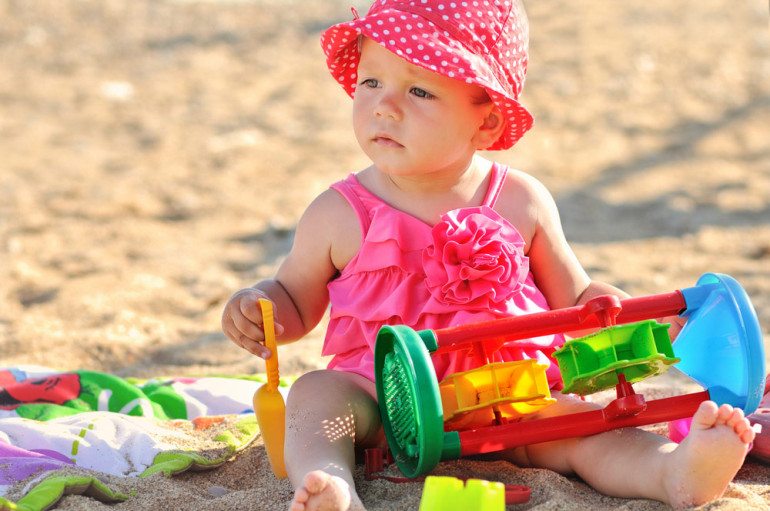Sun Hat Chuckers
Tags: consequences, defiance, health, preschoolers, techniques, toddlers
We know the effects of too much sun and understand the benefits of wearing a hat in summer. Unfortunately, for many children the benefit of hats is that they make good Frisbees. Here is an alternative to nagging (and scotch tape!).
Natural Consequences
While lessons taught by Mother Nature (the "natural laws of living") are the best teachers, they are not suitable if the consequence:
- Is too severe, like heat stroke
- Is too distant, like skin cancer
- Involves many others, like an entire day camp
In these cases we turn to logical consequences.
Logical Consequences
Logical consequences help children understand that there are also "social laws of living”. In order for a logical consequence to be effective it must follow the 4 R’s:
- Related
- Respectful
- Reasonable
- Revealed in advance
A simply stated logical consequence for sunhats would be: "You need to wear a hat to be in the sun. If the hat comes off, you need to come inside."
Remember that consequences must be logical to the child’s thinking. And the child learns from experiencing the consequence; not from the threat of the consequence, so lectures are not needed.
Take Time For Training (TTFT)
But won’t it be too inconvenient to come inside whenever hats come off? A trained child does not need constant correction – correction that is discouraging and often leads to more misbehaving. You will spend more time correcting a child than taking time for training them.
This scenario demonstrates:
When you are getting ready to play in the sun say: "we need our hats on. If hats are off, we need to come in." Play in the back yard.
When the hat comes off, take them by the hand and state: "your hat is off. I guess you’ve chosen to be inside." Extend your hand to lead them inside.
If they do not take you hand, offer a choice: "can you come in on your own or do you need my help?"
If they resist you can lead them by the hand, stating calmly: "I see you need some help getting inside."
If they repent and ask to stay outside with their hat on, continue inside saying: "Okay, you can try again when we come out to play later." You must follow through on going inside or the consequence is lost.
Mistakes are Opportunities for Learning
The child now realizes they have made a mistake because they are inside instead of out. But, it’s okay to make mistakes. They are just opportunities to learn. Keep the situation positive by telling them they’ll manage and can try again later.
Drop your parental desire to lecture, moralizing, and remind. These moves hurt the learning process by putting attention on the parent and their actions making it hard for the child to see that this is the result of their actions.
Give them lots of opportunities to try again
Once inside, find a brief activity and then try going out again. You want to give your child lots of opportunities for trying out the consequence.
After experiencing both of these outcomes repeatedly, cause and effect will be learned and your children will decide for themselves that it is better to keep their hats on, without nagging and scotch tape.



2 Responses to “Sun Hat Chuckers”
Sadie-May
What if the child does not want the hat on her head because it is a sensory issue? My Aspie daughter cannot tollerate anything on her head, such as hats, caps, or headbands, so I do not make her wear them. Just wondering what you’d do in this situation. Thank you.
DorothyK
I’ve found that this technique of consequence & follow through works in a host of situations. We use a 10 second rule with my toddler where we will say “I’m going to count backwards from 10 and if you can’t (insert behavior here) then (insert consequence here).” 10 seconds seems like a long time, but it gives him enough time to process the request and decide on an action without feeling trapped/rushed. I will remind him of the consequence as I’m counting down as well. Usually he’s made a decision by the time I get to 8, and if he complies, then I praise him & explain again why we’ve asked him to do said thing. If he doesn’t want to do what I’ve asked, then I always follow through with the consequence & tell him that we can try again (tomorrow, after dinner, etc).